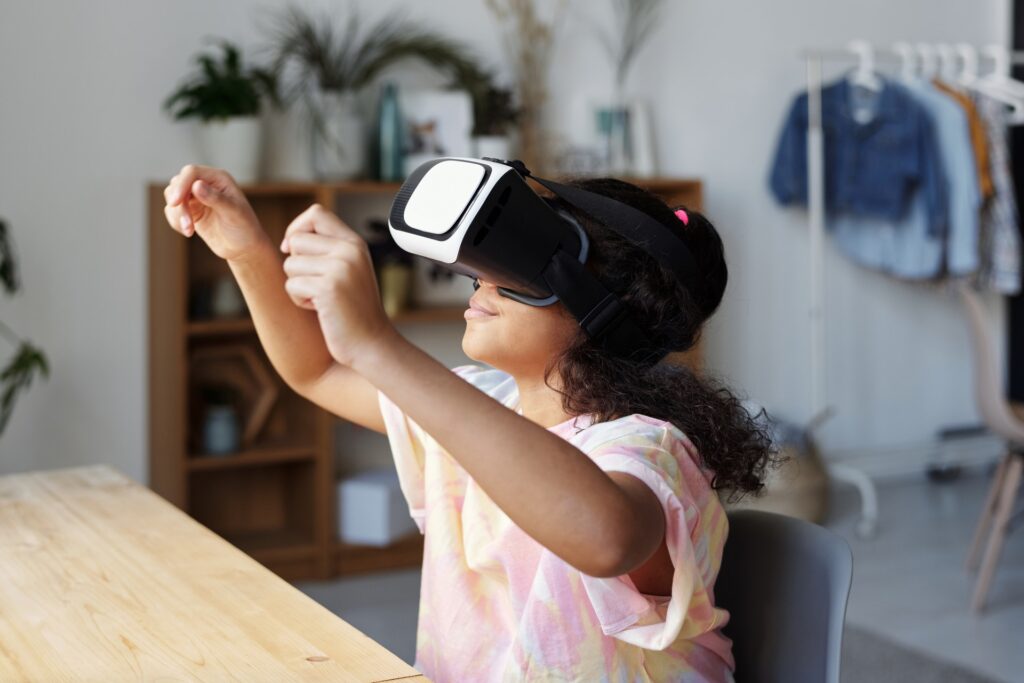Virtual Reality and the Treatment of ADHD
The idea of using virtual reality (VR)) as an adjunct therapeutic tool for treating ADHD in children has been around for several years. But the ongoing COVID-19 pandemic has given its potential use as an in-home treatment option greater urgency. Long the domain of the clinical research community, VR tools for ADHD therapy are now being commercialized.
One company, XRHealth, recently unveiled a new ADHD virtual reality app with the goal of improving attention, impulsivity, and executive functions skills such as initiating, organizing, planning, and completing daily tasks.
Currently, the FDA will allow XRHealth’s app to be used in homes as an adjunct to other treatments, including medication and/or in-person therapy. The app isn’t intended to replace other treatments, and will require an XRHealth-approved clinician’s guidance. The app can be used by adults and kids 8 years and older..
The Rationale for Virtual Reality
VR technology has become more popular through its use in gaming, entertainment, architecture design, and training applications in business and the military. Recently, VR has been investigated as a potential treatment for a variety of mental health problems such as social anxiety, specific phobias, and post-traumatic stress disorder (PTSD).
There are two principles that underlie the use of VR for these and other conditions like ADHD:
- Neuroplasticity – This refers to the brain’s ability to change itself by altering neural connections in response to stimuli
- Safe environment to practice coping techniques – In VR settings, individuals can repeatedly experience and learn appropriate coping strategies in a controlled environment. For example, knowing that the exposure is not real, allows people to face difficult situations and learn therapeutic strategies which they can then adopt in the real world.
In a virtual environment an individual with ADHD may be better able to use a trial-and-error instructional approach to acquire learning skills. They can learn strategies to use in the real world without experiencing failures.
Proceed With Caution
VR has the potentially to be a useful treatment option for ADHD. However it is still an experimental procedure that needs more research to assess its clinical value. There are also potential side effects of long-term VR exposure to be aware of, including: headaches, seizures, nausea, fatigue, drowsiness, disorientation, and dizziness.
Be sure to consult with a clinician if you are considering using VR as a option in an ADHD treatment regime for yourself or your child.
Resources
- https://www.hcplive.com/view/orr-virtual-reality-adhd-pediatric
- https://mind-the-gap.live/2019/05/20/can-virtual-reality-help-in-the-treatment-of-adhd/
- https://www.zdnet.com/article/virtual-reality-as-a-treatment-for-adhd/
- https://clinicaltrials.gov/ct2/show/NCT04337905
- https://www.ncbi.nlm.nih.gov/pmc/articles/PMC5725338/
- https://www.sacbee.com/news/local/health-and-medicine/article229377014.html




Alice Carroll
You made a good point that virtual reality can provide a safe environment for coping. I’d like to look for a good at-home therapeutic virtual reality service soon because there are times when I still get some episodes of anxiety due to past trauma. Maybe trying out VR will help a lot helping me deal with that.